Basic steps of hand-brewing coffee knowledge of simple brewing methods of hand-made coffee powder in front of the street
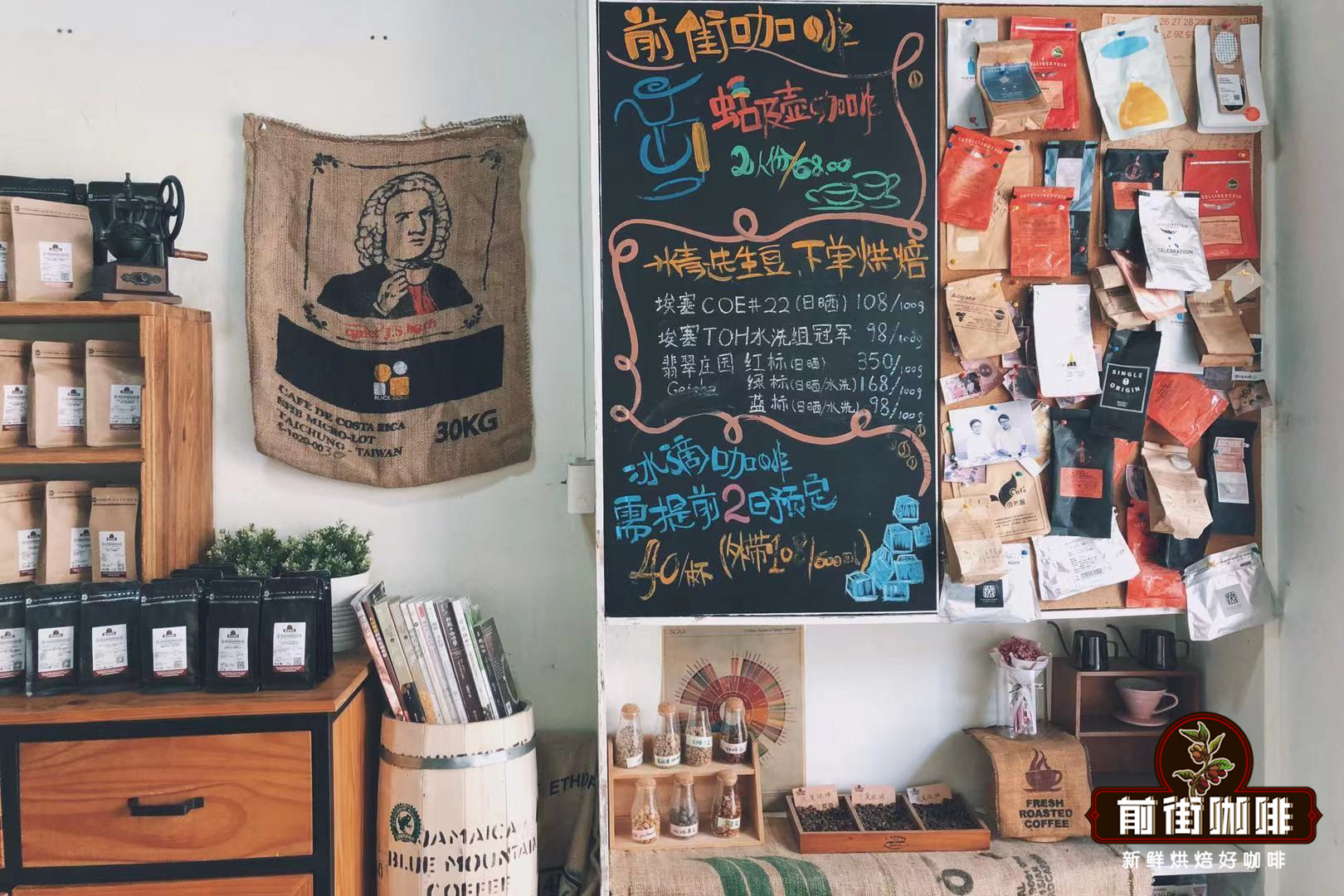
Professional coffee knowledge exchange more coffee bean information please follow the coffee workshop (Wechat official account cafe_style)
From the beginning of the third coffee wave, hand-made coffee slowly began to enter our lives. Hand-brewed coffee with simple utensils and hand-feel skills is like a clear stream of returning to nature, expanding from the pursuit of exquisite Japanese culture and fascinating many coffee connoisseurs and life experts. Why is hand-made coffee so charming? What is the key to a good cup of hand-made coffee? Qianjie coffee advocates conservative brewing methods, accurate grinding, accurate temperature, accurate weight, full extraction at the right time, and on this basis to ensure the presentation of coffee flavor. Qianjie Coffee refers to the accurate parameters based on the parameters provided by SCA, combined with the practical application of Qianjie Coffee, over-extraction refers to higher than the gold cup requirements, deficiency refers to lower than the gold cup requirements. This way of brewing, Qianjie coffee is to provide everyone with a standard behavior, can be combined with their own preferences, in this benchmark to make adjustments.
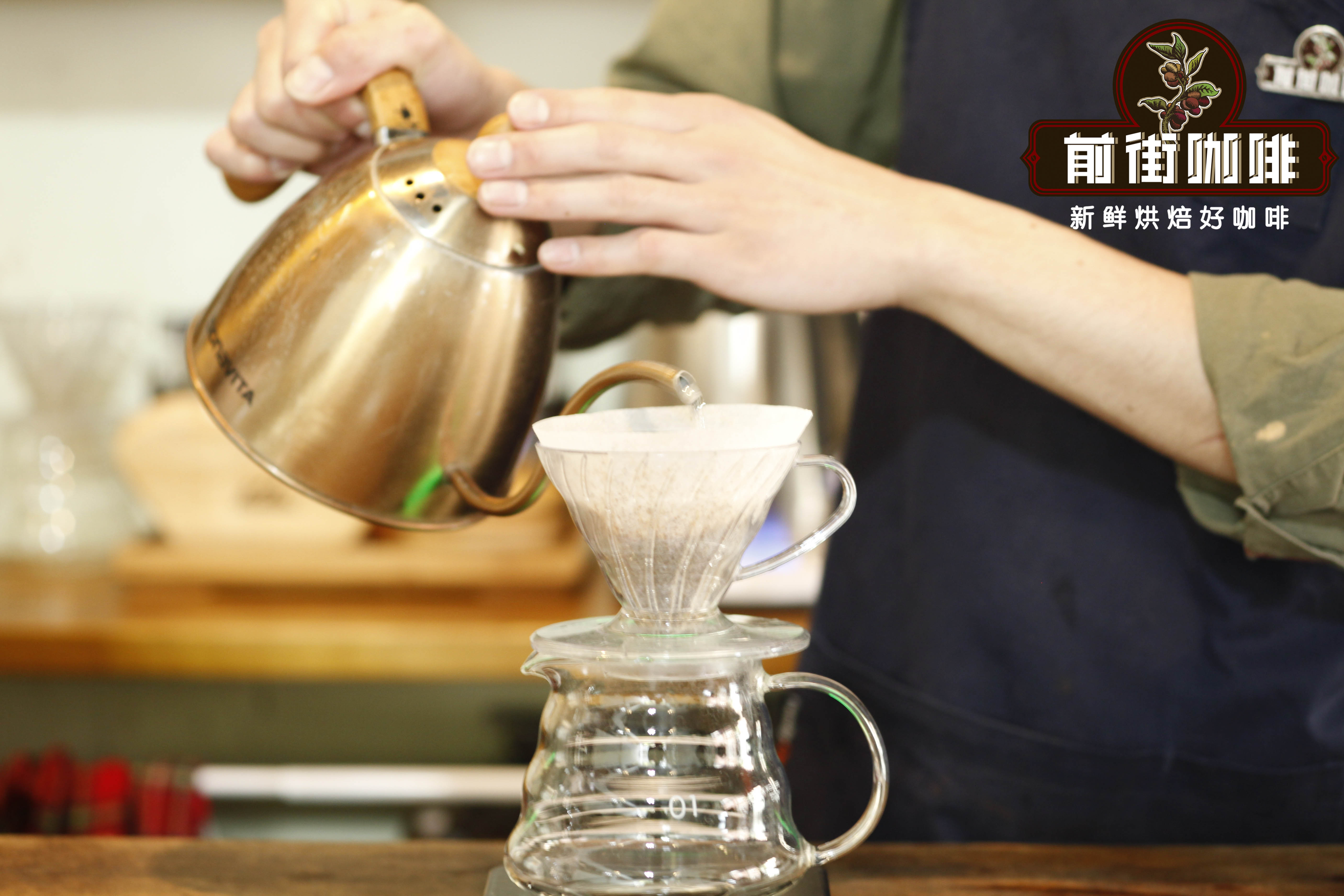
Q: what is hand-made coffee?
Qianjie Coffee: the so-called "hand-brewed coffee" is to fill a moderately ground coffee powder with a filter cup and filter paper at an atmospheric pressure, and the brewer pours the appropriate temperature and capacity of water into the coffee powder to extract the coffee liquid. Because the grinding thickness, water temperature, water injection mode and brewing time all have influence on the extraction of coffee flavor, it is a brewing method with great emphasis on skill and coffee professional knowledge.
Q: what is gold cup extraction?
Qianjie Coffee: the gold cup extraction criterion SCA (2017 SCAA and SCAE merger) has the greatest influence. To put it simply, in the process of making hand-brewed coffee, the "concentration" is controlled between 1.15-1.45%. If the "extraction rate" reaches 18-22%, it is considered to be in the gold cup extraction range.
The most famous gold cup extraction criterion is the gold cup extraction chart, where the subscript axis represents the extraction rate of coffee powder, the left axis represents the concentration of coffee liquid, and the diagonal line indicates the ratio of powder to water (powder / water).
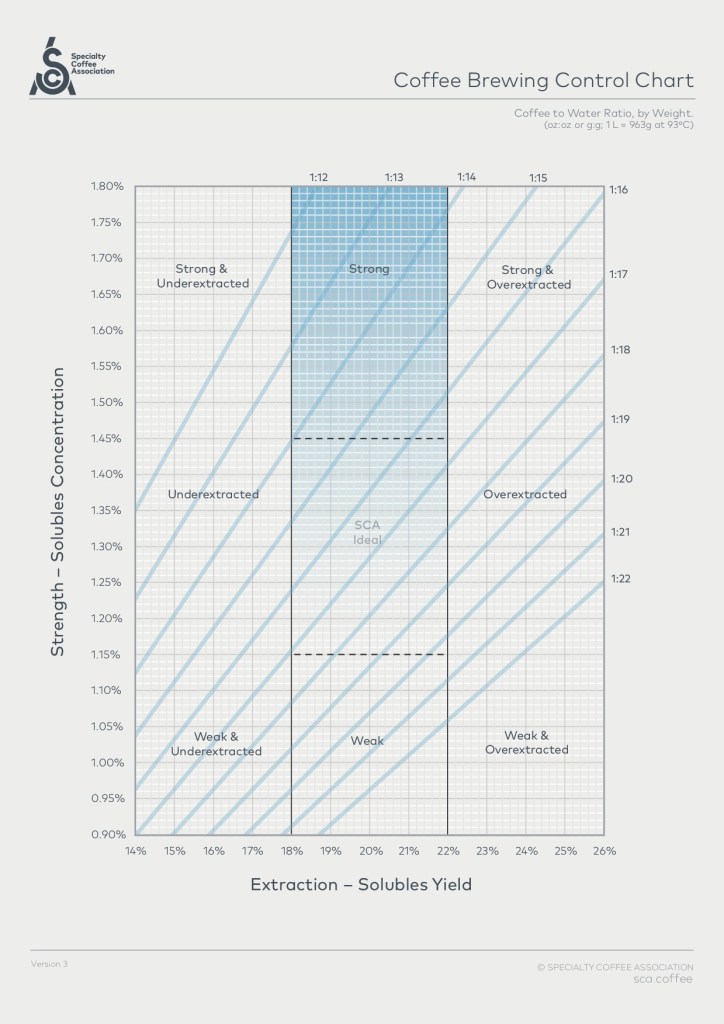
The extraction rate of coffee can be easily calculated by measuring the concentration of coffee liquid.
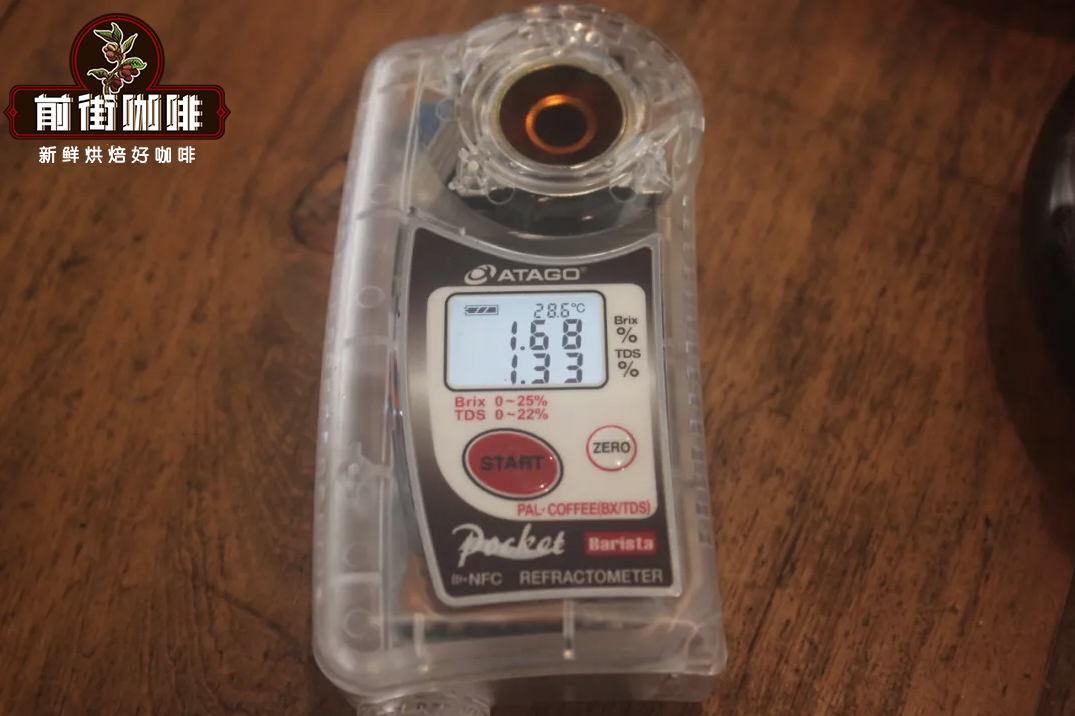
Formula for calculating the extraction rate of hand-brewed coffee:
Extraction rate = coffee liquid quantity × coffee concentration / coffee powder content
Gold Cup Criterion of different countries
American Fine Coffee Association (SCAA):
Extraction rate [18% Mel 22%] concentration [1.15% Mel 1.35%]
European Fine Coffee Association (SCAE):
Extraction rate [18% Mel 22%] concentration [1.2% Mel 1.45%]
Norwegian Coffee Association (NCA):
Extraction rate [18% Mel 22%] concentration [1.3% Mel 1.55%]
Brazilian Coffee Association (ABIC):
Extraction rate [18% Mel 22%] concentration [2% Mel 2.4%]
It can be seen that the definition of the golden cup criterion is different in different countries, and the concentration demand for coffee is different in different countries, but the only certainty is that at present, it is generally believed that the extraction rate of coffee is 18%, 22%. The extracted coffee substance is delicious.
The Golden Cup Criterion has indeed made a great contribution. It sets a reference standard for fine coffee and makes coffee extraction scientific, but this is not the only one. It is more like a reference for beginner coffee lovers. Coffee that meets the golden cup is not necessarily good, and coffee that does not conform to the golden cup is not necessarily bad. The key is to understand the relationship between proportion, concentration and extraction rate in the gold cup criterion, rather than blindly pursuing the cold data.
Q: what do we need to prepare to make a cup of coffee?
Front Street Coffee:
1. Hand punching pots: there are hand punching pots of all sizes and materials on the market, which can be selected according to your needs. It is the size of the kettle that will affect the cooking results, because it is turned off to the amount of water. Beginners are generally advised to use a small pot, which is easier to control. In addition, each hand punch pot is suitable for different heating methods (induction cooker or gas stove), so you should pay special attention when buying it.
2. Filter cup: the size and material of the filter cup are also different, mainly divided into three shapes: fan-shaped, tapered and wavy filter cup. The size of the filter diameter at the bottom of the filter cup will affect the flow rate of coffee extraction, and then affect the flavor of coffee. The fan-shaped filter cup has the advantages of small filter diameter, slow flow rate and mellow taste; the cone-shaped filter cup has large filter diameter, fast flow rate and light taste; the wavy filter cup has a flat bottom with special wave filter paper, which makes the coffee taste the most uniform. What is more special is the metal filter cup, which does not need to be used with filter paper, which can retain more coffee oil and taste thicker, but some finer coffee powder may not be filtered out.
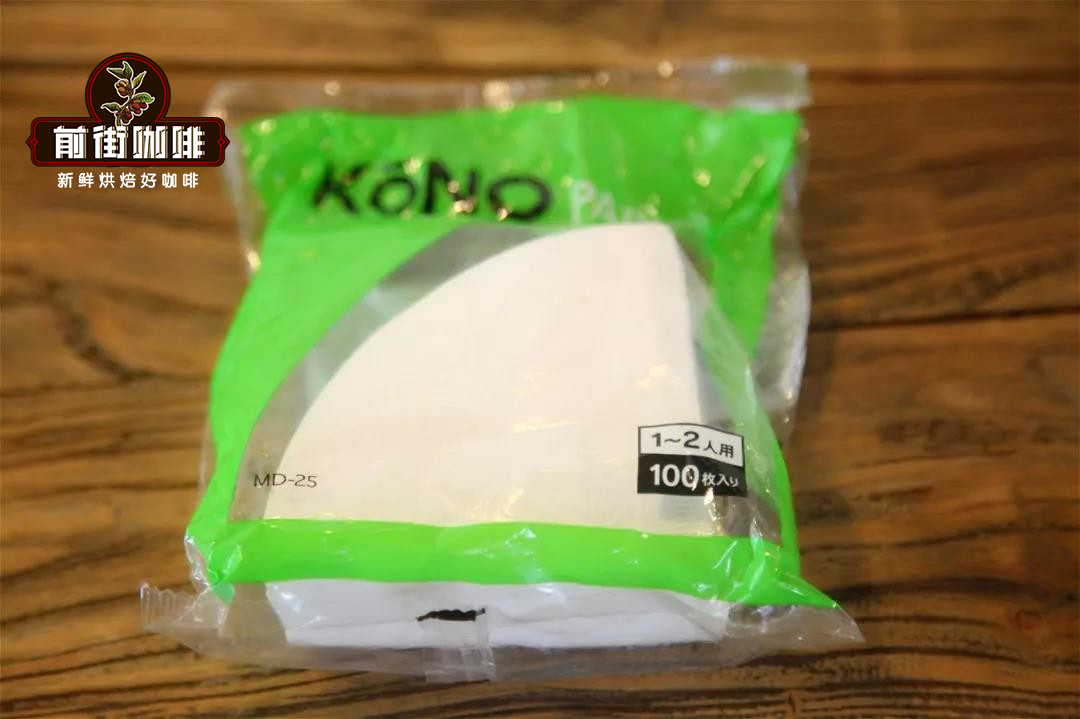
3. Filter paper: there are two kinds of filter paper: bleached and unbleached, the bleached filter looks whiter, and the unbleached filter looks close to light brown. The function of filter paper is to use the extremely dense fiber to retain the ground coffee powder and filter the extracted coffee into the cup. To buy filter paper, you should choose the corresponding filter paper according to your own filter cup.
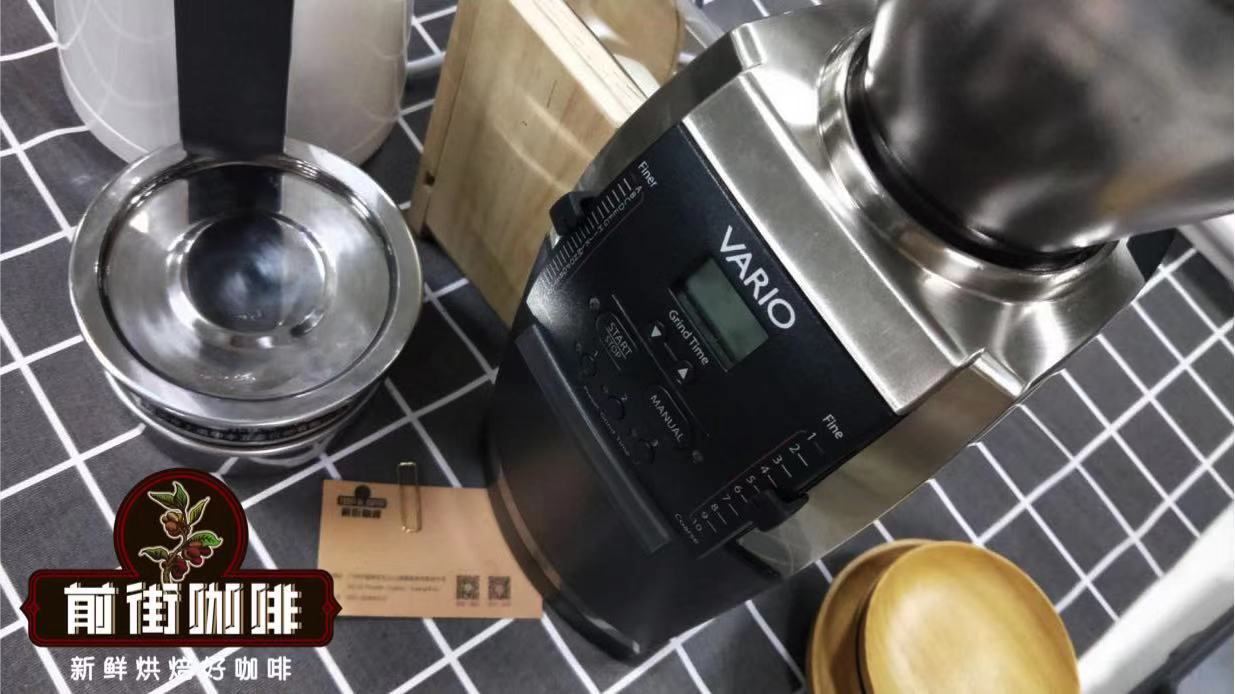
4. Bean grinder: a good hand coffee needs to be equipped with a good bean grinder. There are three types of bean grinders on the market.
1) Ghost tooth bean grinder
2) flat knife bean grinder
3) conical knife bean grinder
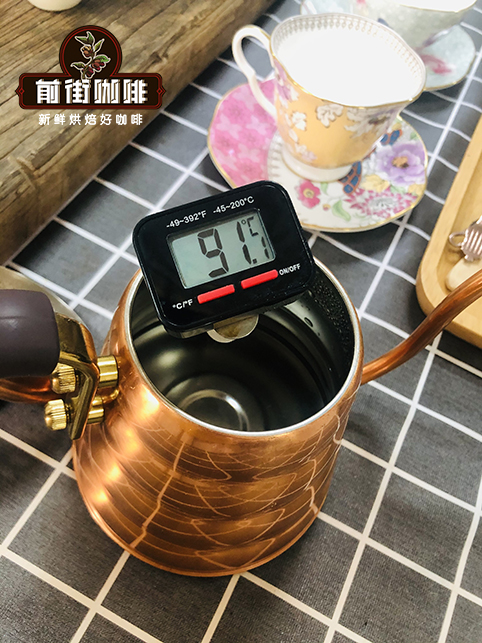
4. Thermometer
Thermometers are used to measure the water temperature of coffee. The thermometers on the market are Tiamo thermometer, Hero thermometer and Cafede Kona thermometer.
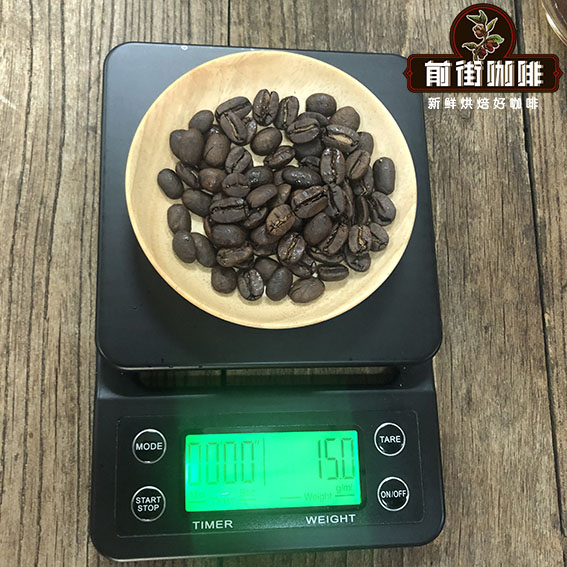
5. Electronic scale
Electronic scales enable us to better control the powder-to-water ratio when brewing coffee, reduce unstable factors, and increase sufficient fault tolerance. Electronic scales range from several hundred yuan to dozens of yuan each, including Yami electronic scale, hero intelligent scale and Tamo electronic scale.
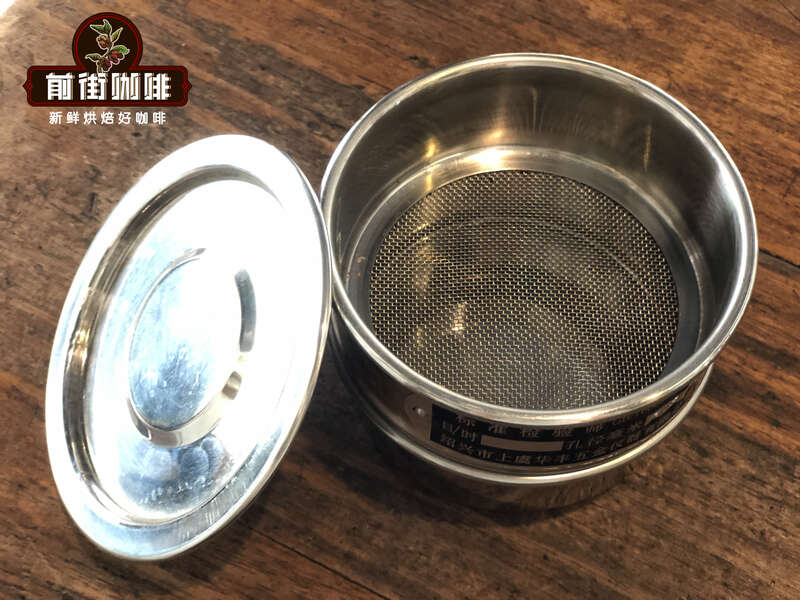
6. Sieve powder net
Mainly to judge the degree of grinding, each type of coffee beans are suitable for hand-made grinding degree is different, Qianjie coffee through continuous experiments, determined to pass the Chinese standard 20 screen 80% as the hand-made grinding degree.
7. Sharing pot
If you drink alone, you can put it on the mug without sharing the pot. To extract multi-cup coffee, you need to share the pot. With the scale display and transparent material of the sharing pot itself, it is also easier to understand and control the extraction process, and the sharing pot is not just the role of dividing the cup. Qianjie Coffee recommends HARIO V60 cloud sharing pot and Kalita sharing pot.
Q: how should I do the detailed steps of making coffee by hand?
Qianjie Coffee: make a pot of coffee, start from these four aspects: water temperature, grinding thickness, powder-water ratio, brewing method.
1. Water temperature
The higher the water temperature, the stronger the extraction ability, the more bitter the coffee is, the stronger the taste; the low water temperature, the weak extraction ability, the coffee is easy to turn sour, the taste is mild and light, the temperature of the hand should be adjusted according to the roasting degree of the coffee, the shallow roasted beans can be 90-91 ℃, and the medium-deep roasted beans can be 85-87 ℃. Qianjie coffee is basically adjusted within this range. Once a customer questioned this brewing temperature, Qianjie Coffee took Golden Manning, a coffee bean (deep-roasted), and boiled it at a water temperature of 90 ℃. As a result, the taste was almost comparable to that of Italian concentrate.
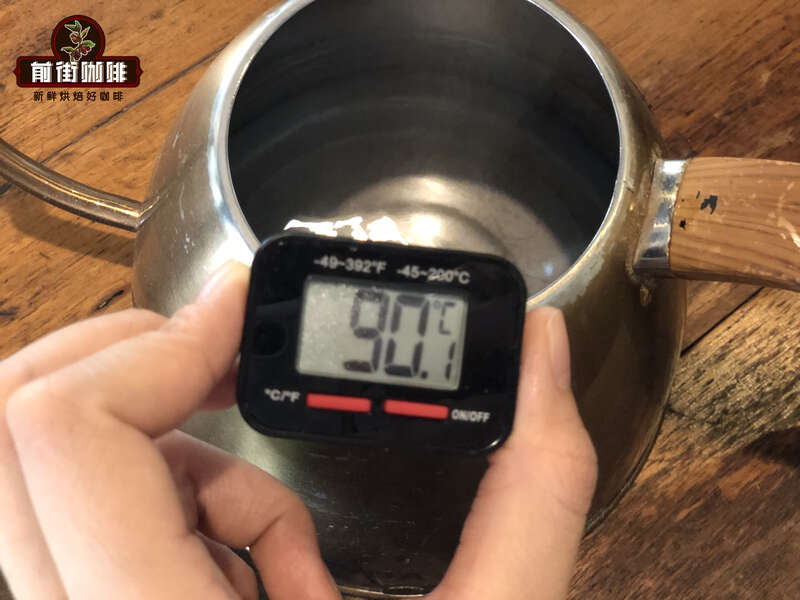
2. Degree of grinding
Refers to the size of coffee particles, the degree of grinding will affect the contact time between coffee and water. If the coffee powder is finer, the water can extract more substances in the same time, but the degree of grinding is fine, the coffee is easy to be extracted in the process of extraction; on the contrary, the coarser the degree of grinding of coffee, the less substances extracted by water in the same time, but the coarser the degree of grinding is, the coffee is prone to insufficient extraction. Qianjie coffee is recommended to take 80% of the pass rate of the Chinese standard No. 20 sieve as the hand grinding degree, which is obtained after many tests. It should be noted that the grinding degree of different coffee beans is different, so when the hand flavor is not right, we can see if there is a problem with the grinding degree.
3. Ratio of powder to water
The powder-to-water ratio refers to the ratio of coffee powder to brewing water, which affects the thickness of the coffee. It can be 1:10, 1:13, 1:15, or 1:16. Qianjie Coffee recommends using a powder-to-water ratio of 1:15, which is relatively moderate in concentration or taste. Of course, everyone's pursuit of coffee taste is different, when extracting coffee, we can adjust their powder-to-water ratio according to the taste they want.
Q: how to make a good cup of hand-made coffee at home? Do you have any suggestions on cooking techniques?
Qianjie Coffee: there are a variety of brewing methods, three-stage style, one-step flow, drip-by-drop style and so on. Qianjie coffee is recommended for beginners to brew with three-stage water injection, which is suitable for light-roasted, medium-and medium-roasted coffee beans. The segmented extraction method of three-stage water injection can clarify the flavor of the front, middle and back of the coffee, and can ensure the flavor of the coffee.
First water injection: stew (to help exhaust)
Coffee beans in the roasting process from raw beans to ripe beans will undergo a series of chemical reactions and physical changes, after a certain degree of baking, coffee beans will accumulate a large amount of gas (most of which is carbon dioxide).
Generally speaking, the fresher it is, the closer it is to baking, and the more bubbles usually appear during steaming. Deep-baked beans also release more gas during steaming than shallow baked beans. The coffee beans of Qianjie coffee are freshly roasted, so guests are generally advised to grow beans for three days and let the beans release carbon dioxide first, so that the problem of instability and insufficient extraction can be avoided.
After steaming and discharging the gas, the coffee particles can absorb water evenly, which can make the extraction uniform in the later stage. Good steaming can not only make the coffee powder exhaust quickly, fully and evenly, but also make the coffee powder come into contact with the water quickly, helping the coffee powder to be extracted evenly.
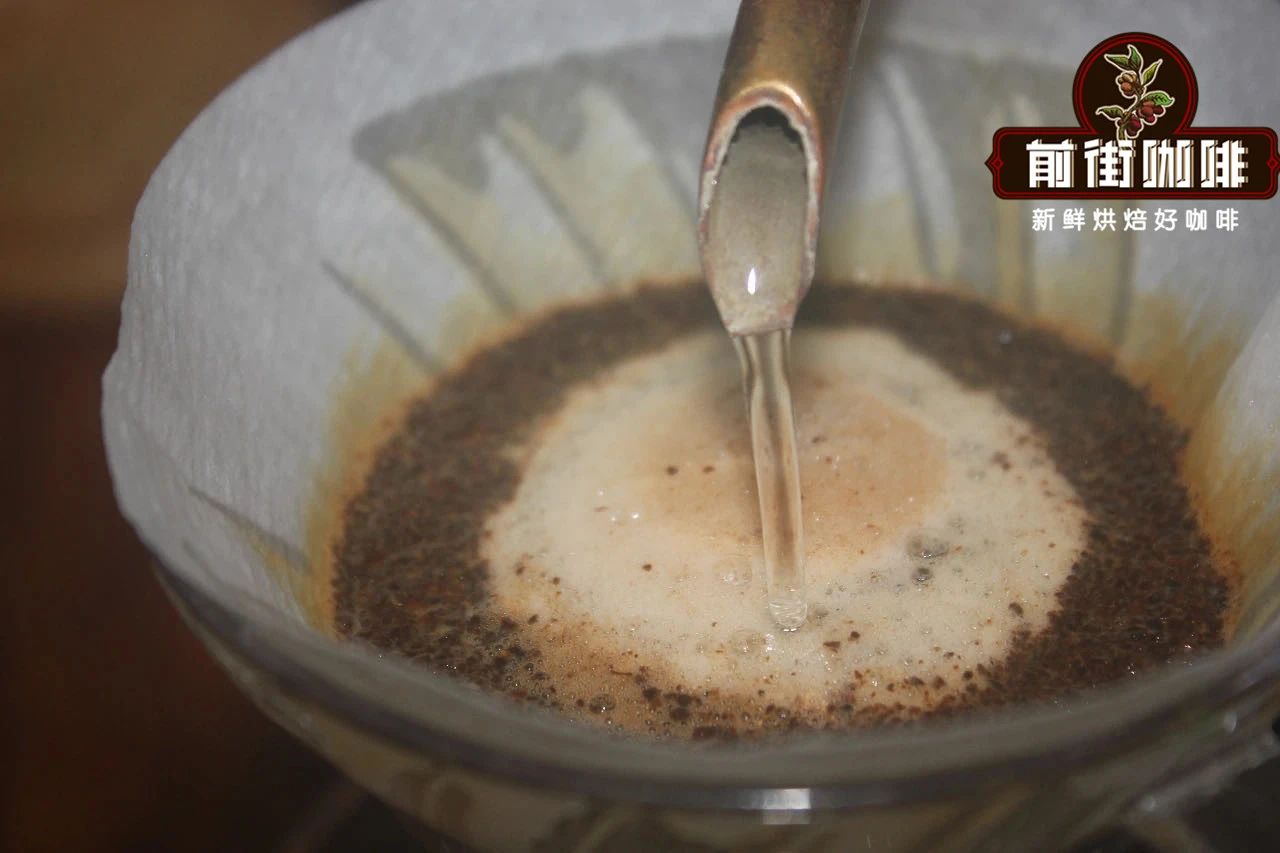
Pay attention to the following four points when steaming:
1. Beat the coffee powder flat before injecting water and steaming.
2. When steaming, water injection should be gentle.
3. In the process of steaming, there is as little extract as possible; when there is too much extract in the kettle, the amount of water injected should be reduced, or attention should be paid to the degree of grinding. If there is too much steaming water, drop a large amount of coffee liquid, the falling water does not stay but directly bring out the external substance of the coffee powder, the miscellaneous taste and astringency of the outer layer of the coffee powder begin to dissolve, so that the coffee is not only light, but also has an exquisite smell. If the amount of stuffy steam is insufficient and no water droplets fall at all, then the coffee powder does not absorb enough water, and some coffee is not exhaust enough, which will cause insufficient extraction.) according to this situation, Qianjie coffee has been steamed many times. It is found that it is more appropriate to inject twice the amount of coffee powder during steaming.
4. The steaming time is about 30 to 40 seconds. When the expansion of the coffee powder surface ends, you will see the coffee surface wrinkling, which means that the steaming is complete and you can begin to inject water. In terms of time, coffee is prone to bitterness and astringency if it is steamed for too long. Generally speaking, the end time of steaming varies with each bean, but Qianjie Coffee finds that this is not conducive to novice operation. After all, novices pay attention to standardization and ease of use, so to ensure that coffee beans are still freshly roasted, Qianjie Coffee is recommended for steaming for 30 seconds. Of course, those with experience can adjust the time on their own.
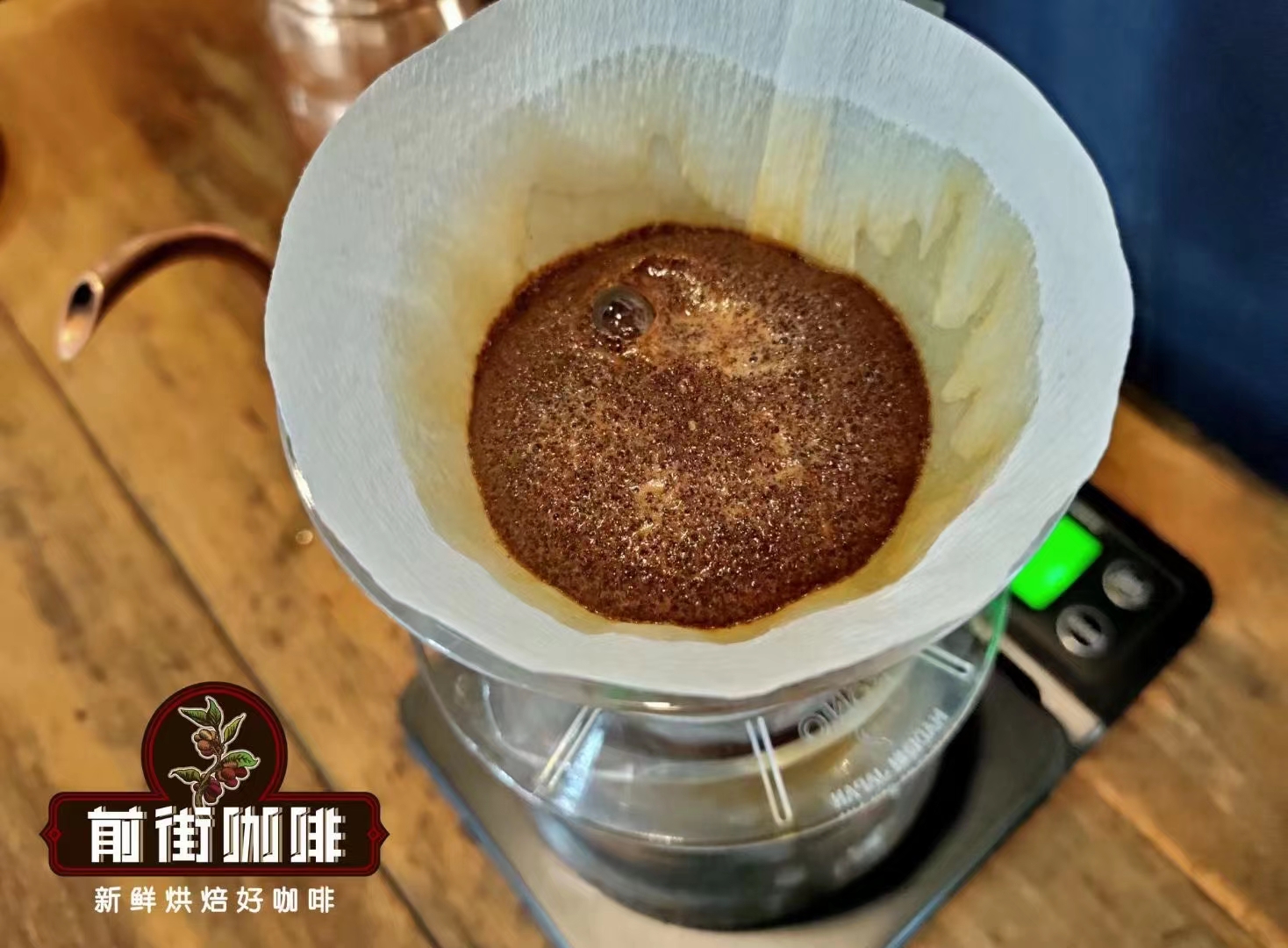
Second water injection
The second water injection starts from the middle, and a small water column is injected into the bottom of the powder layer. in order to concentrate the penetration force of the water column, the range of movement around the circle is small, about the size of an one-dollar coin, and then out. At the beginning of the second water supply, we should pay attention to the amount of water, and try not to exceed the height of the powder layer, that is, when the water column is wound close to the filter paper, the water supply can be stopped.
The third water injection
As the thicker powder layer on the edge of the original filter paper becomes heavier because of the draft, and as the water level falls and becomes thinner, the water level drops to half and the third water injection can be carried out.
From the third water supply, it is necessary to observe the extent of the decline of the water level, also from the center of the water supply circle, the amount of water should not exceed the height of the powder layer, then it will also be observed that the proportion of foam has already occupied the surface, and the third water injection will increase the tumbling of coffee granules, let all the deposited particles tumble, and then dissolve the soluble matter.
The rolling particles will start to rest because they stop adding water, and at this time they have to rely on the velocity caused by the falling water level to make the coffee particles produce friction, so once the addition of water stops, the coffee powder particles will sink, causing blockage, so pay special attention to the rhythm of adding water. If the water is cut off too many times, it is tantamount to letting the coffee powder particles soak in the water all the time, which will lead to the astringent and miscellaneous taste of the coffee extract at the end.
Q: what exactly is the principle of hand-made coffee?
Qianjie Coffee: the so-called brewing coffee is actually the process of extracting molecules from coffee cells, and this process includes the following three steps: wetting, dissolving and releasing, which occur one after another and influence each other. Finally, it produces the special flavor of coffee.
Step 1: get wet
Literally, coffee powder gets wet when it touches water, which is the starting point when coffee cells begin to release molecules.
It should be noted that roasted coffee beans are filled with carbon dioxide, and the fresher the coffee beans are, the more carbon dioxide they contain. When the hot water touches the coffee powder, the carbon dioxide will run out first, forming a layer of air bubbles on the surface, and the coffee powder in the filter cup will begin to expand when the hand is flushed. At this time, the coffee cells are like a supermarket where a lot of people have to squeeze out of the noodles, and people outside can't get in at all-in the same way, the hot water outside the cells can't get into the noodles. Therefore, after wetting the coffee powder, we will stop injecting water and wait for the complete release of carbon dioxide and the coffee powder to stop expanding and then continue to heat the water in order to achieve a better extraction effect.
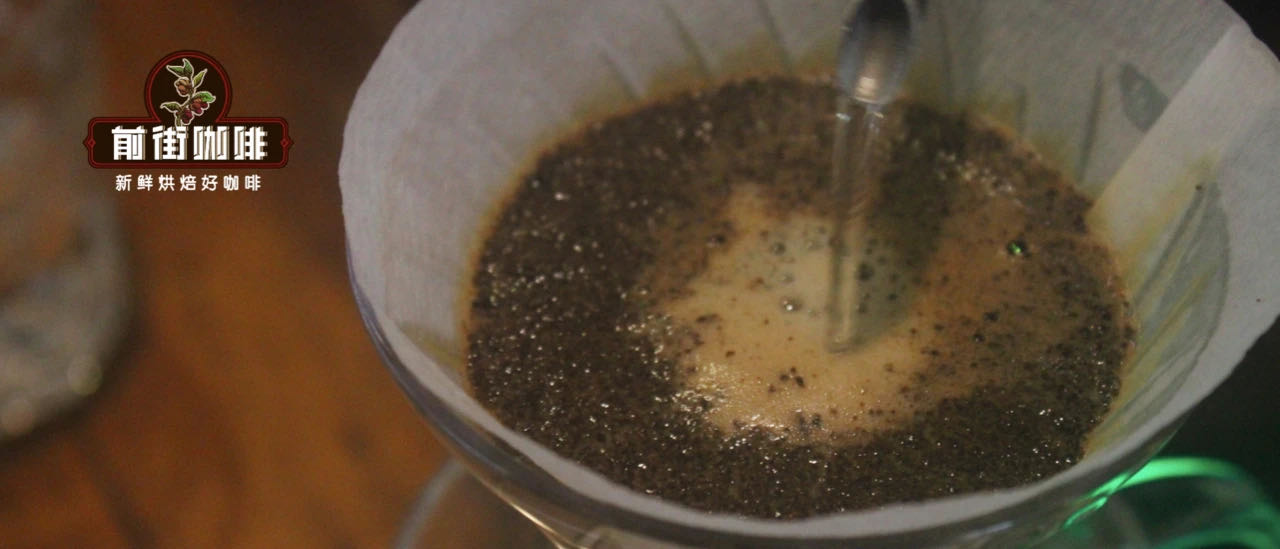
Step 2: dissolve
Refers to the process of dissolving soluble molecules in coffee cells in hot water, which is the most important step in deciding to extract the flavor of coffee.
Coffee beans 2/3 are made up of insoluble cellulose and 1/3 are soluble odor molecules that are dissolved in order according to the size of the molecules when they come into contact with water. The first small molecules dissolved include acidity and aroma, then the sweetness of middle molecules, and finally the bitter taste of macromolecules. This is where the different levels of coffee taste come from. Therefore, if you like the sweeter taste, the extraction time should be shorter, because the longer the hot water stays on the coffee powder, the more bitter molecules will be dissolved.
Step 3: diffusion
After the odor molecules dissolve, they leave the coffee cells by osmosis, a process called diffusion. After the odor molecules are diffused into hot water, the final coffee extract is formed.
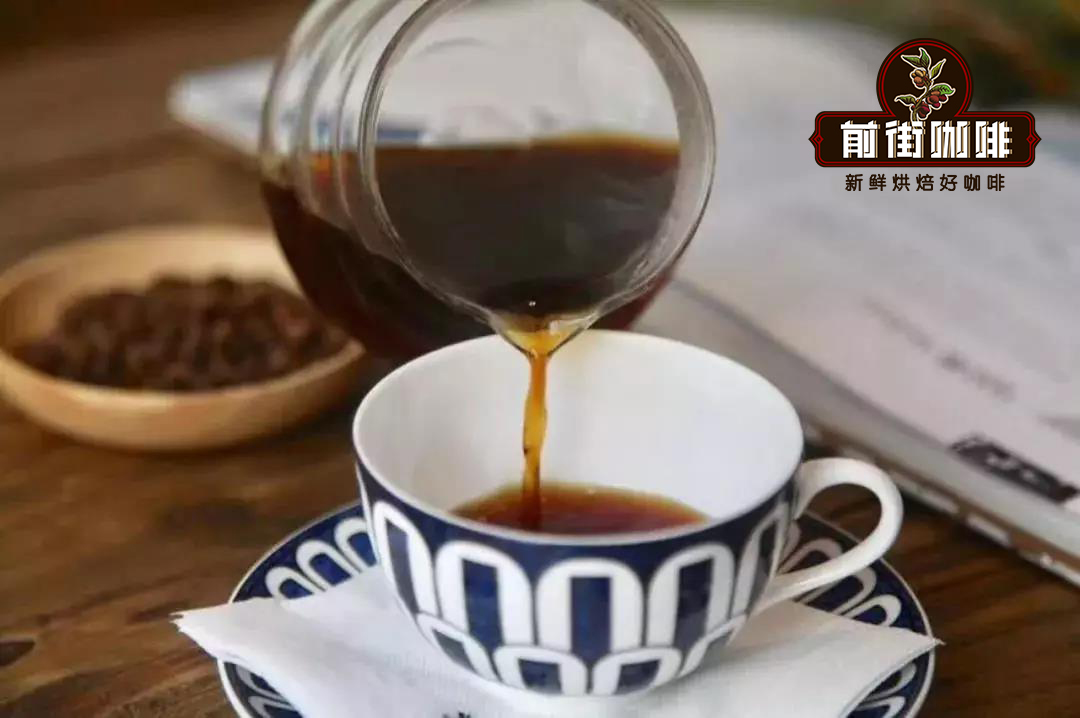
For more boutique coffee beans, please add private Qianjie coffee on Wechat. WeChat account: kaixinguoguo0925
Important Notice :
前街咖啡 FrontStreet Coffee has moved to new addredd:
FrontStreet Coffee Address: 315,Donghua East Road,GuangZhou
Tel:020 38364473
- Prev

The basic introduction to Coffee flower drawing
Drawing flowers in coffee is the process of making leaves or other patterns on primitive cappuccinos or lattes. In fact, there is no very clear literature about the origin of coffee flower, only that it was in Europe and the United States at that time. On the basis of the extracted Espresso, the way of reprocessing espresso is called coffee pull flower, this kind of coffee drink.
- Next
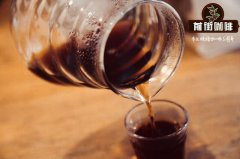
Costa Rican coffee famous for honey treatment. What is coffee honey treatment?
Professional coffee knowledge exchange more coffee bean information Please follow the coffee workshop (Wechat official account cafe_style) everyone who knows coffee knows that there are sun and water washing treatments, but what is the honey treatment that has sprung up in recent years? have you ever wondered what coffee honey treatment is? Is this coffee better than other treatments you are used to drinking? This article brings you to discuss what is honey treatment and honey treatment.
Related
- What is the meaning of lactic acid fermentation with coffee bean treatment?
- How to judge the state of foam by sound?
- How does the latte pull out the unicorn pattern? Come to get for a little trick to improve the flower pull!
- Will flower pulling affect the taste of the latte?
- Do you know the history of coffee?
- The difference between honey treatment and sun washing what is raisin honey treatment?
- What kind of milk can a novice use to make coffee foam to keep the foam longer? The correct method and skills of milking tutorial sharing
- Why do washed coffee beans taste sour? Flavor characteristics of washed Coffee
- Introduction to the skill of how to practice the size and height of water injection around the circle of hand-brewed coffee
- How do beginners practice coffee flower drawing from scratch?

